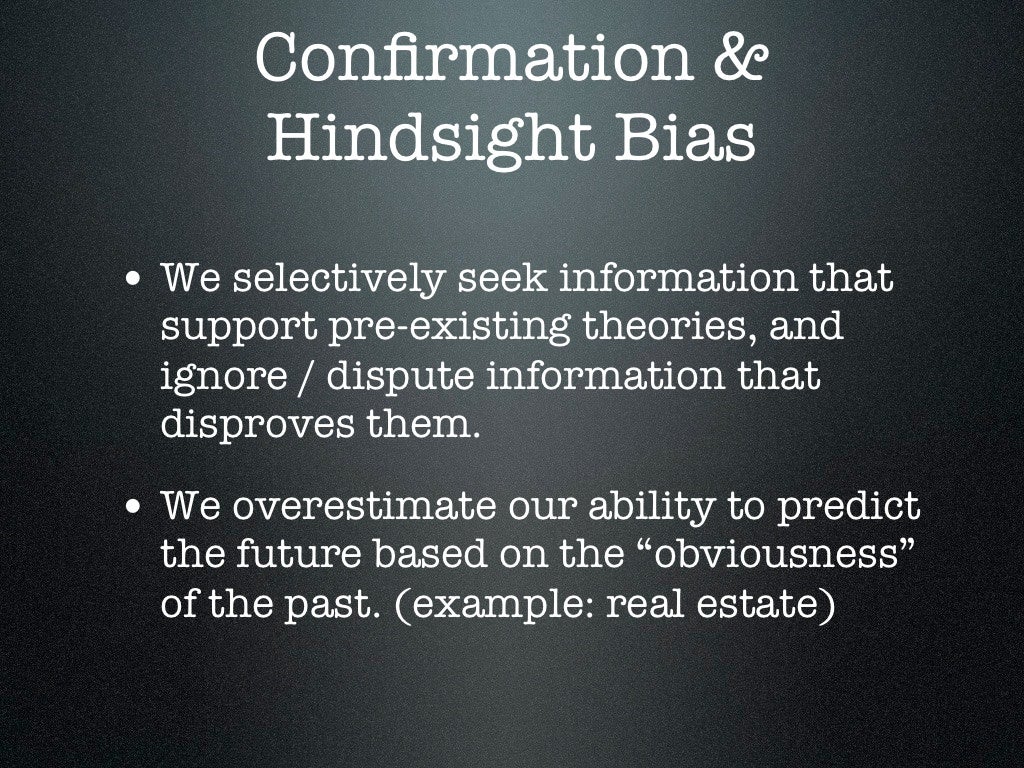
Such studies are of critical relevance to human stress-related disorders, which are commonly associated with a history of repeated trauma ( Berton and Nestler, 2006 Yehuda and LeDoux, 2007). Relatively few studies have examined strain differences in response to repeated stress (e.g., Pothion et al., 2004 Anisman and Matheson, 2005 Mineur et al., 2006). For example, acute stress typically produces heightened anxiety-like behavior and hypothalamic–pituitary–adrenal (HPA)-axis activation in some strains (e.g., BALB/cJ, DBA/2J), but less so in others (e.g., C57BL/6J) ( Belzung and Griebel, 2001 Jacobson and Cryan, 2007 Millstein and Holmes, 2007). Earlier work also indicates that inbred strains differ in their response to stress as measured by various neural, neuroendocrine, and behavioral endpoints. This includes marked variation in anxiety-like behavior, although differences between specific strains appear to be contingent on the behavioral task employed, consistent with the significant heterogeneity of rodent anxiety tasks ( Turri et al., 2001 Ponder et al., 2007 Brigman et al., 2009 Milner and Crabbe, 2008). Previous studies have found differences in various “emotion-related” phenotypes across inbred strains. Of considerable value in this regard are isogenic inbred mouse strains.Ī panel of different mouse strains represents a significant but restricted degree of genetic diversity in which environmental variance can be carefully controlled. As an alternative approach, rodents provide important model systems for studying the pathophysiology of stress-related neuropsychiatric disease ( Cryan and Holmes, 2005). This is in part because of the complexity associated with myriad genetic and environmental factors in human populations. This variation in the impact of stress is likely to be, in some measure, under the moderating influence of genetic factors ( Caspi et al., 2010).ĭespite being the subject of enormous research efforts, genetic influences and their effects on the neurobiology of stress and emotion-mediating circuits are not yet fully understood. Moreover, the manner in which stress manifests phenotypically varies considerably across individuals even similar stressors can increase risk for different neuropsychiatric states in different people ( Yehuda and LeDoux, 2007). Collectively, our data support a model in which genetic variation in glutamatergic neuroplasticity in corticolimbic circuitry underlies phenotypic variation in responsivity to stress.Īlthough stress is a known risk factor for various neuropsychiatric disorders, ranging from mood and anxiety disorders to schizophrenia and attention deficit hyperactivity disorder, individuals differ greatly in their susceptibility to stress. Grin2a null mutants exhibited significant (∼30%) loss of dendritic spines on amygdala principal neurons under nonrestraint conditions. Furthermore, we found that the C57BL/6J-like changes in anxiety-related behavior after restraint were absent in null mutants lacking the modulatory NMDA receptor subunit Grin2a, but not the AMPA receptor subunit Gria1. Repeated restraint augmented amygdala excitatory postsynaptic signaling and altered metaplasticity (temporal summation of NMDA receptor currents) in DBA/2J but not C57BL/6J. To elucidate neuronal correlates of these strain differences, we performed ex vivo analysis of glutamate excitatory neurotransmission in amygdala principal neurons. Restraint produced strain-dependent expression alterations in various genes including glutamate receptors (e.g., Grin1, Grik1). Gene expression analysis of amygdala, medial prefrontal cortex, and hippocampus revealed divergent expression in DBA/2J and C57BL/6J both at baseline and after repeated restraint.
#Hindsight strain plus
Two strains, DBA/2J and C57BL/6J, differed in trait and restraint-induced anxiety-related behavior (dark/light exploration, elevated plus maze).

Here, we screened a panel of inbred strains for anxiety- and depression-related phenotypes at baseline (trait) and after exposure to repeated restraint. Inbred mouse strains provide a relatively stable and restricted range of genetic and environmental variability that is valuable for disentangling gene–stress interactions. This is partly because of the moderating influence of genetic factors.

However, susceptibility to stress and the qualitative nature of stress effects on behavior differ markedly among individuals. Stress is a major risk factor for numerous neuropsychiatric diseases.


 0 kommentar(er)
0 kommentar(er)
